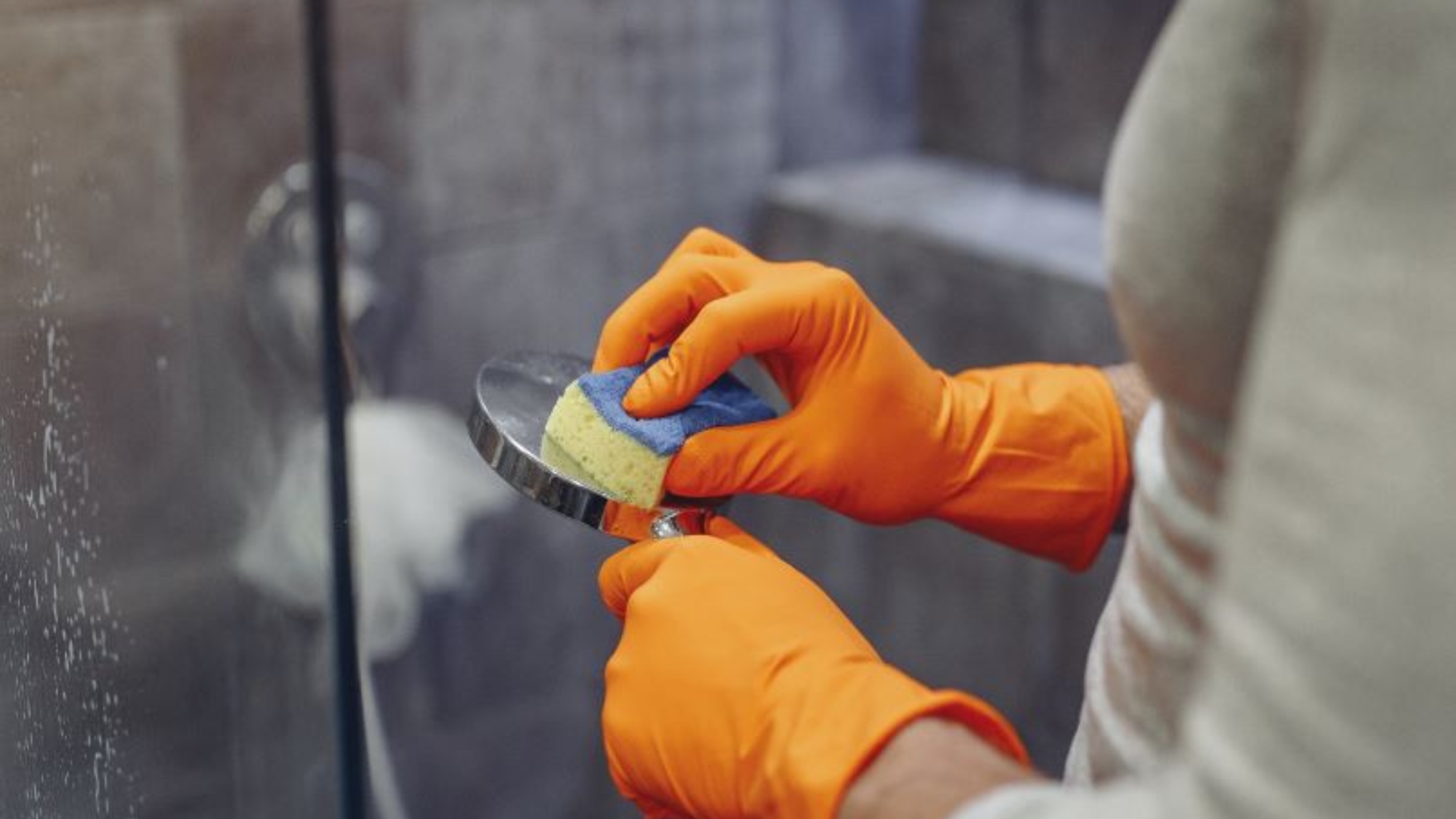If you don’t have a functioning shower, how much conflict would that affect in your life? After a long day of work, people consider their showers to be their own private havens where they can unwind and freshen up. Even if you don’t consider your bathroom to be a place of peace and comfort, it needs to be in good working order. In this article, we’ll show you how to use the proper procedures to get a complete, lovely, and hygienic shower restoration.
After spending some time in the bathroom, many problems could arise. For restroom cleaning and restoration, you should focus on the following areas:
Floors in showers and bathrooms:
Showers are frequently the nastiest and can have glass doors surrounding them. Because the rest of the bathroom floors are so humid, they too become mold-covered and dirty. The primary issues on the floors are:
Problems:
- Accumulation of Soap Scum
- Tile with Hard Water Stains
- Excessively thick stains of dust, dirt, and grime
- Stains and discoloration in the grout
- The use of acidic cleaners or spills from shampoo and lotion can result in etched tile surfaces.
- Tile and grout cracks
- Cracked or Peeling caulk
- Shower tile with efflorescence
- Lustreless bathroom and shower tile
Solution:
- Tile and grout cleaning for floors:
- Each of these problems needs to be fixed separately. You must first concentrate on removing the stains. Because natural stone tiles are porous, you can anticipate the stains to be deeply embedded if you have them installed. Because grout is porous as well, the stains are also deeply ingrained in it.
- Repairing cracked tile and grout:
- You will be able to see the cracks, crevices, pits, and holes in your tile and grout very clearly after cleaning it. In the event of a crack, the majority of contractors advise replacing the entire tile and also offer to regrout the cracked grout. However, if you don’t have a spare tile, you have no idea how to fix your tile. Similarly, regrouting merely involves covering up damaged grout with a band-aid, which eventually results in new holes and cracks and makes your grout appear dirty within months. You must use an adhesive that covers cracks, holes, pits, and hairline fractures in just one coating that delivers a neat, uniform surface.
- After cleaning, water-proof the grout:
- In spite of your best efforts to clean well, stains will continue to appear on your shower tile and grout. This is due to the fact that both surfaces are porous and frequently absorb water and soiled liquids. You must seal your tile and grout to make a waterproof layer on them in order to stop re-staining. Tile and grout both require separate sealing. Many contractors only provide tile sealing services. However, if this is done, the moisture in the grout will encourage the growth of mould, giving the tile sealant a hazy appearance. To stop the grout from getting stained again, seal it.
- Replace the caulk around the shower corners:
- In wet environments, caulk often starts to peel off the corners of showers. It wears off in dry conditions, leaving empty spaces in the corners of the shower. Mold quickly seeks out opportunities and takes root there. Caulking is not only a short-term fix, but it also has a bulky appearance. You can fix this by using tile adhesives that can waterproof all of the shower’s corners to seal the corners and stop mould growth.
- Efflorescence:
- Have your tile and grout ever developed a powdery white buildup? It might be efflorescence if it is quite thick and difficult to remove from the surface, even after vigourous scrubbing. It is nothing more than a calcium and mineral deposit that was left over from masonry. Efflorescence must be eliminated right away to prevent damage to the tile, grout, and even clogging of the drain. To effectively remove this buildup, you need a strong and high-quality chemical that can easily remove any unwanted powdery residue left behind on the tile and grout without having to scrub it or scrape it with a sharp tool. It will also loosen the bonds and easily remove the buildup, giving you a clean and clear surface beneath.
Shower Walls:
Even the walls become soiled, stained, and cracked, just like the floors of the restroom and shower. The washroom walls are the most frequently damaged and dirty, despite the fact that the other bathroom walls may have fewer problems. The primary issues with bathroom walls are:
Problems:
- Stains from hard water
- Amount of mould and mildew
- Tile and grout cracks
- Mold and stains that come back despite cleaning
Solutions:
- Cleaning:
- You must use a cleaner to clean the walls in the same way that you did the floors. The hard water stains, mould, and mildew will all be instantly removed from the walls, leaving a spotlessly clean surface underneath.
- Repairing cracked grout and tiles:
- If your tile and grout have any cracks after cleaning, you should fix them with the appropriate adhesives.
- Sealing Tile and Grout to Prevent Restained Areas:
- Just after the sealing of the floor, you should seal the grout and tile separately after repairing any cracks in the tile and grout. A tile and grout wall that has been sealed will not easily become dirty or stained.
Leaking Showers:
Repairing a leaking shower must be done quickly before water damage worsens. Showers that leak are a bad thing. They can result in significant water damage to walls and ceilings, the growth of mould, and rotting wood or carpeting if left unattended. For these reasons, you should regularly check your washroom for leakage.
Solution:
If the issue is identified early on, the most frequent cause of shower leakage (compromised waterproofing) can be quickly fixed. Re-grouting and re-sealing are all that are necessary. This will usually make the problem go away. However, if a shower leaks for a while, the water can seriously harm the building’s structure.
You might need to completely renovate your bathroom because it can ruin the joists, supports, and beams that are made of wood. Depending on how old your restroom is and how many tiles have been lost as a result of the shower leaking, you might need to completely retile the shower to ensure matching tiles! Due to these factors, we firmly advise you to keep an eye out for shower leaks so that you can choose the much more affordable repair option rather than being forced to pay for an unexpected rebuild.
Call Itile Bathrooms NT, Australia’s most reputable company for repairing leaky showers, for all of your shower renovation needs.
Homeowners in Northern Territory can save thousands of dollars by avoiding needless repairs thanks to the Itile Bathrooms NT staff. No matter the extent of the bathroom shower repair, Northern Territory homeowners are confident that our team of expert tilers and bathroom renovators will provide them with a reasonable price and unmatched service.
Itile Bathroom NT is the only name that Australian residents need to know when looking for high-quality shower repairs or bathroom tile repair.


Add a Comment